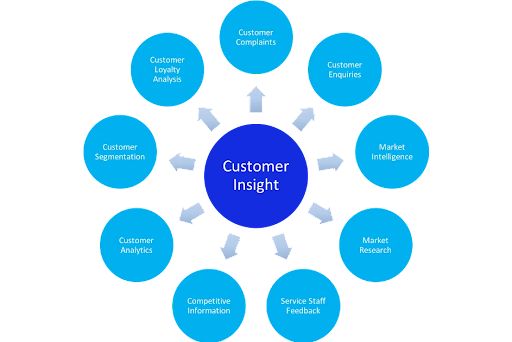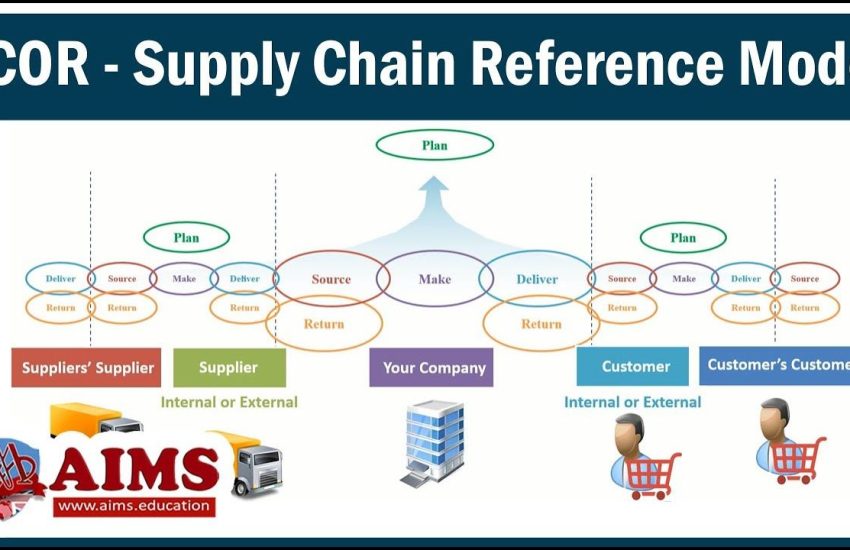Customer Behavior Analysis: Understanding Your Audience
Understanding your audience is crucial for the success of any business. By analyzing customer behavior, companies can gain valuable insights that can help them tailor their marketing strategies, improve customer satisfaction, and drive business growth. In this article, we will delve into the importance of customer behavior analysis and provide tips on how to effectively understand your audience.
1. What is Customer Behavior Analysis?
Customer behavior analysis is the process of studying how customers behave, interact, and make decisions in relation to a particular product, service, or brand. It involves collecting and analyzing data to identify patterns, trends, and preferences.
2. Why is Customer Behavior Analysis Important?
Understanding customer behavior is essential for businesses as it allows them to:
Gain insights into customer needs and preferences
Identify target audiences
Create personalized marketing campaigns
Improve customer experience and satisfaction
Increase customer retention and loyalty
Identify opportunities for cross-selling or upselling
Make data-driven decisions to drive business growth
3. How to Conduct Customer Behavior Analysis
Here are some steps to effectively analyze customer behavior:
A. Collect Data
The first step in customer behavior analysis is to collect relevant data. This can be done through various channels such as surveys, interviews, website analytics, social media listening, or customer feedback forms. Collect both quantitative data (e.g., purchase history, demographics) and qualitative data (e.g., feedback, reviews) to get a comprehensive understanding of your audience.
B. Identify Patterns and Trends
Once you have collected the data, it’s time to identify patterns and trends. Look for commonalities or recurring themes in customer behavior. Are there certain products or services that are more popular among a particular demographic? Do customers tend to make repeat purchases? Are there specific touchpoints that lead to a higher conversion rate?
C. Segment Your Audience
Segmentation is key to understanding your audience on a deeper level. Divide your customer base into different segments based on various criteria such as demographics, purchasing behavior, or psychographics. This allows you to personalize your marketing messages and target each segment with relevant offers or promotions.
D. Analyze and Interpret Data
Once the data is collected and segmented, it’s time to analyze and interpret it. Look for actionable insights that can guide your marketing strategies. Identify opportunities for improvement, areas where you are excelling, and potential gaps in your offerings. Make data-driven decisions to optimize your marketing efforts and enhance customer experience.
E. Continuously Monitor and Adapt
Customer behavior is not static, so it’s important to continuously monitor and adapt your strategies. Keep track of changes in customer preferences, market trends, and competitor activities. Regularly re-evaluate your segmentation and make adjustments as needed to ensure your marketing campaigns remain effective.
4. Tools for Customer Behavior Analysis
Several tools can help you analyze customer behavior:
A. Google Analytics
Google Analytics provides valuable insights into website traffic, user behavior, and conversions. It allows you to track the effectiveness of your marketing campaigns and understand how users interact with your website.
B. CRM Software
Customer Relationship Management (CRM) software helps centralize customer data, track interactions, and analyze customer behavior. It enables businesses to better understand their customers and provide personalized experiences.
C. Social Media Listening Tools
Social media listening tools like Hootsuite or Brandwatch allow businesses to monitor conversations about their brand, products, or industry. This helps in understanding customer sentiment and identifying emerging trends.
D. Surveys and Feedback Forms
Surveys and feedback forms enable businesses to directly collect customer opinions and preferences. They provide valuable insights into customer satisfaction, expectations, and areas of improvement.
5. Conclusion
Customer behavior analysis is a powerful tool that helps businesses understand their audience, make data-driven decisions, and drive business growth. By collecting and analyzing customer data, identifying patterns, segmenting your audience, and continuously monitoring and adapting, you can effectively tailor your marketing strategies and provide personalized experiences that resonate with your customers. Remember, understanding your audience is the key to success in today’s competitive business landscape.


